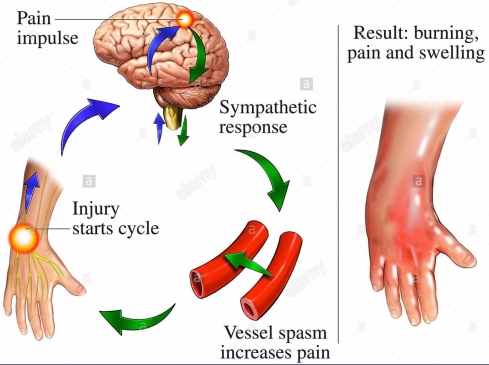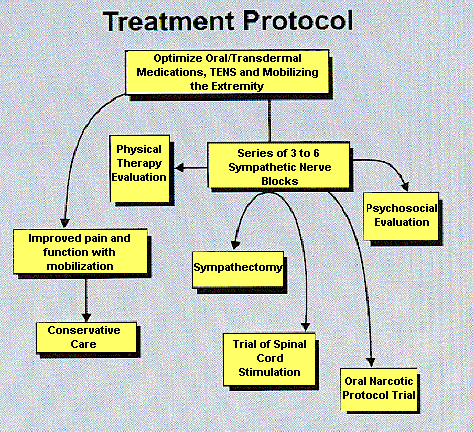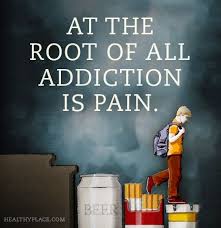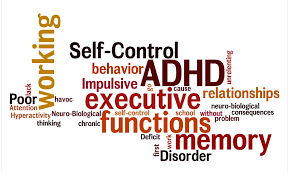 It’s awful. I know. I have lived with chronic pain for the past 8 years. I have been given a variety of paid medications. It was the opioids that helped the best. Opioids are used in surgeries or in the medical practice because of their use as effective and rapid acting analgesics or pain killers. It was the physical therapy and clinical psychologist who helped me to get off of the opioids. My Internal Medicine doctor suggested it and made resources available to help me to deal with my pain, eventually without meds.
It’s awful. I know. I have lived with chronic pain for the past 8 years. I have been given a variety of paid medications. It was the opioids that helped the best. Opioids are used in surgeries or in the medical practice because of their use as effective and rapid acting analgesics or pain killers. It was the physical therapy and clinical psychologist who helped me to get off of the opioids. My Internal Medicine doctor suggested it and made resources available to help me to deal with my pain, eventually without meds.
 These are the meds that patients are becoming addicted to for killing pain. Most of the time, the pain is more than physical but also emotional. In my case, it was both. They called it sympathetic.
These are the meds that patients are becoming addicted to for killing pain. Most of the time, the pain is more than physical but also emotional. In my case, it was both. They called it sympathetic.

 An online
An online  According to
According to  ed is that I was the one who had to do whatever needed to be done. No one else could do it for me. I had to find some way of taking control of my situation instead of letting my situation take control of me.
ed is that I was the one who had to do whatever needed to be done. No one else could do it for me. I had to find some way of taking control of my situation instead of letting my situation take control of me.